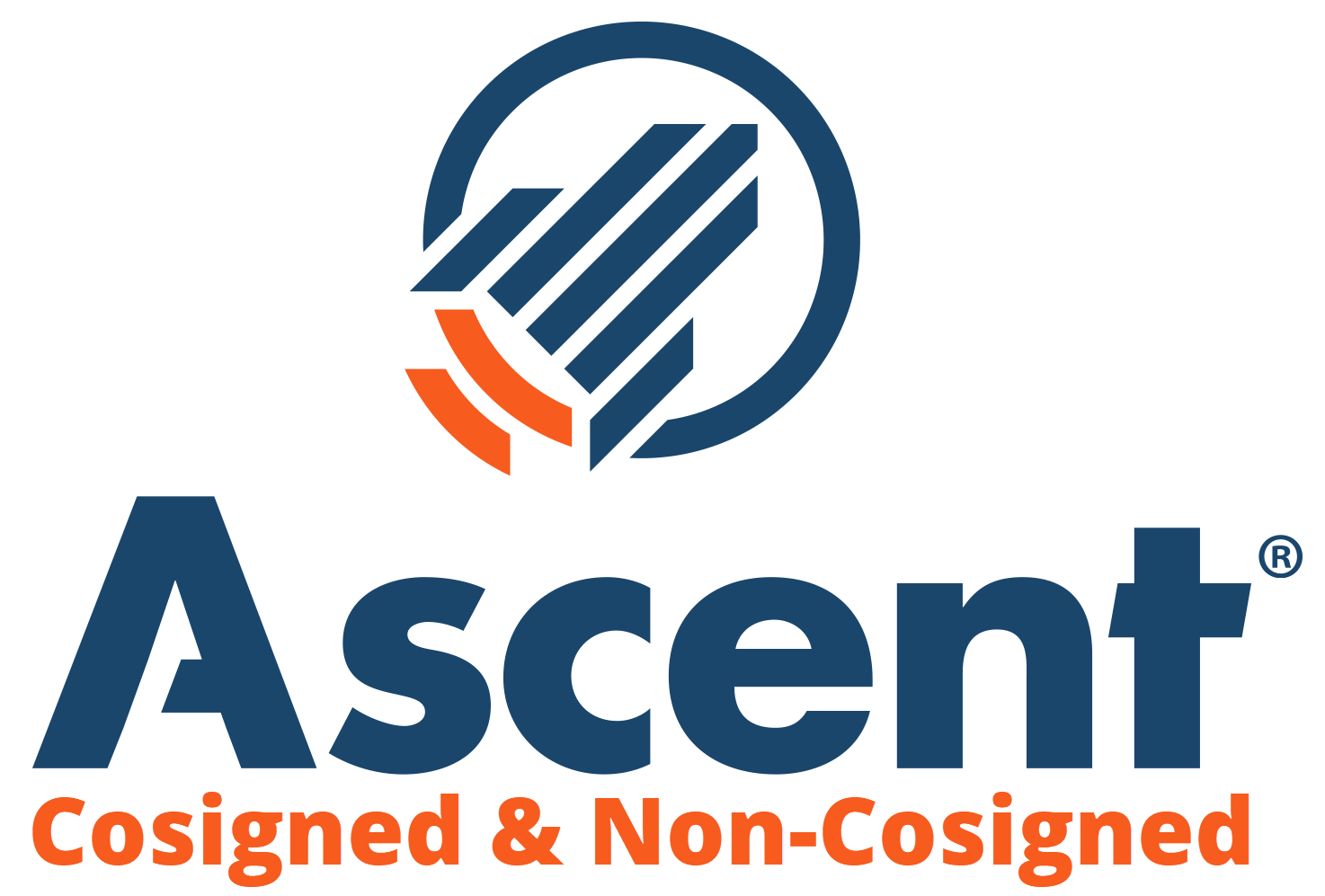In short, yes, you can apply and secure funds for a student loan before enrolling into college. But you will not receive the funds until you start school. It’s important to know all the facts about student loans before you go to college. There are multiple loan types that have different interest rates, payback options, grace periods, and maximum amounts.
There are two types of loans that most students get for college: federal and private. Private loans usually offer larger amounts of money but that means the interest rates are also often higher and take effect sooner. Federal loans are a great option, no matter your income level.
Private Student Loans
Private student loans come from private institutions that can usually offer a larger amount than federal student loans. These loans are usually taken out after you’ve borrowed your maximum amount from federal loans or if you’re not qualified for federal student loans. The great thing about private student loans is you can usually take out a higher amount. But the downside is that the interest rate is much higher. Unfortunately, private loans usually don’t offer grace periods like federal loans. Private student loan interest rates can range from 4% to 12% with an average of almost 7% depending on the borrower. This means if you borrow $25,000 from a private lender with a 7% interest rate, you’ll be paying back almost $35,000. You’ll be paying off the principal amount of $25,000 with $9,832.54 — if you do the default 10-year repayment plan.
You can apply for a private student loan before enrolling into college, but you will not receive those funds until you’re in school. There is no deadline for a private loan application as you don’t need to fill out the FAFSA forms. If you’re considering taking out private loans, we suggest applying for them at least 2 months before your tuition is due. The funds go directly from the loan provider to your college account. If there is any leftover money after your tuition and fees are paid, then you can get it in your personal bank account or give it back to the lender. If you don’t need the extra money, it is wise to send the money back so your loan payoff will be less later on.
Federal Student Loans
Applying for federal student loans is a little different than applying for private loans. You have to first fill out a Free Application for Federal Student Aid (FAFSA) by strict deadlines for consideration for a loan. The federal deadline should be on your calendar every year so you know when to fill out your FAFSA form. The application process requires your tax information so be sure to have your previous tax year’s information readily available.
Federal loans have a lower interest rate than private loans with an average of about 4%. If you take out $25,000 from a federal lender, you’ll be paying back a total of $30,373.54. Your income (if you’re independent) or your parents’ income (if you’re dependent) will usually be the determining factor for your aid amount. You can apply for a federal student loan a year in advance and before you enroll. Like private loans, you will not be able to receive your loan until the semester starts. The aid will go to your school and any leftover money can be transferred to your personal bank account. If you choose not to keep the money, you can send it back to the federal student loan provider. This will lessen your repayment amount later on.
Once you graduate college, federal student loan providers can grant you a grace period before repayment starts. This six-month grace period can be used to speak with financial advisors and get yourself situated in a career. Interest will still accrue on your unsubsidized loans but not on your subsidized ones.

Direct Plus Loans
Direct plus loans are federal loans used mostly by graduate or professional students. Parents of undergraduate students can also apply for this loan for their child. The loan will be in the parent’s name. This is different from the usual federal loans that are in the student’s name. Like other federal loans, you must first fill out the FAFSA application to be considered. A credit check is done and this loan is usually used to fill in the gaps that normal federal loans can’t pay for. If you’re a graduate student, this is a great way to get financial aid without taking out too many private loans.
Important Facts About Student Loans
A student loan is money borrowed from a lender. Whether you have a federal loan or a private loan, your repayment plan is important to consider before borrowing. There are two types of federal loans that most students receive. A subsidized loan doesn’t accrue interest while you’re enrolled in school for at least half-time.
An unsubsidized loan does accrue interest while you’re enrolled in school. Private student loans accrue interest while you’re enrolled in school and often have a higher interest rate. If you are able to start paying your loans off while in college, start with the private loans because of the higher interest rates. If you do not take out private loans, pay back your unsubsidized federal loan because of the accruing interest. The average timeline for a repayment plan is 10 to 20 for federal and private loans. The quicker you pay off your loans, the less interest you are paying back. The average student loan monthly payment is around $460 so it’s important to keep that in mind when calculating your college costs.
Student loans should be used for your essential needs throughout college. You receive the extra money from your loan disbursement once the semester starts. That’s a great time to create a budget with your loan so you only take out only what you need. Meaning, use it for your living and college expenses, NOT for a new wardrobe, gaming console, and eating at restaurants every day. If you use your loans for things like that, you will be paying it back with interest later on.
Each year, you can apply for student loans. So, you may be receiving a different amount of financial aid awards each school year. Your credit score, your parents’ credit score, and the household income can effect the amount of student loans you can receive.
When Can I Apply for a Student Loan?
Getting ahead on all your applications for college is super important and a great way to ensure you’re not procrastinating. When you apply for a federal student loan, you should be applying well before the FAFSA deadline. Though you can apply a year in advance for the loan, you will not receive the funds until your semester begins. When you apply for private loans, you can apply as early as a year before your enrollment. There are typically no strict deadlines but it’s important to apply at least a few months before your semester starts. You will not receive your private funds until your semester begins. For both federal and private loans, the money goes directly to your school and extra funds will be distributed to you afterward.
Make an appointment with a financial aid advisor to ensure you are making the best financial decisions for your college career.
| Lender | Rates (APR) | Eligibility | |
|---|---|---|---|
 |
5.19% - 15.81%* Variable
3.99%-15.61%* Fixed |
Undergraduate and Graduate |
VISIT CITIZENS |
 |
4.54% - 14.71% Variable
3.49% - 15.49% Fixed |
Undergraduate and Graduate |
VISIT SALLIE MAE |
 |
4.38% - 17.99% Variable
3.39% - 17.99% Fixed |
Undergraduate and Graduate |
VISIT CREDIBLE |
 |
5.34% - 13.19% Variable
3.48% - 12.61% Fixed |
Undergraduate and Graduate |
VISIT LENDKEY |
 |
5.25% - 14.26% Variable
3.39% - 14.16% Fixed |
Undergraduate and Graduate |
VISIT ASCENT |
 |
3.70% - 8.75% Fixed |
Undergraduate and Graduate |
VISIT ISL |
 |
4.99% - 16.85% Variable
3.47% - 16.49% Fixed |
Undergraduate and Graduate |
VISIT EARNEST |
 |
5.00% - 13.97% Variable
3.69% - 14.22% Fixed |
Undergraduate and Graduate |
VISIT ELFI |


